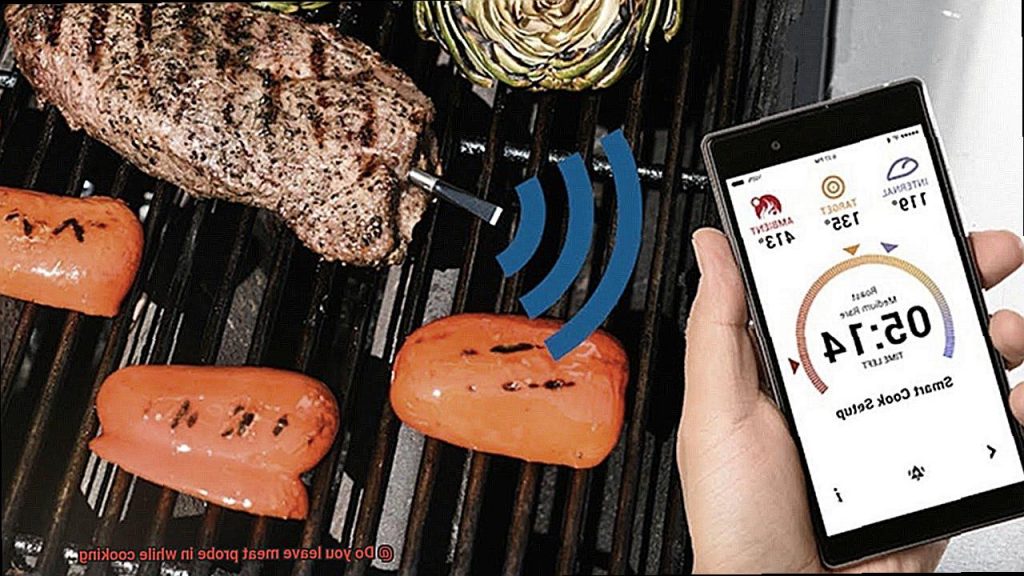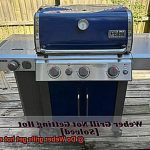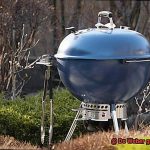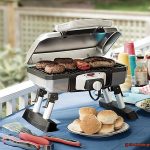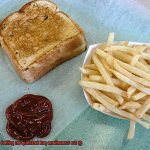Do you want to cook the perfect piece of meat, with a crispy exterior and tender, juicy flesh? If so, you’re not alone. But how can you be sure that your meat is cooked just right? The answer lies in using a meat probe – a handy tool that measures the internal temperature of your meat and tells you when it’s ready to eat. But there’s one question that often arises when using this device: should you leave the meat probe in while cooking?
It’s not a simple yes or no answer. Leaving the probe in during cooking has its advantages, as it allows you to keep an eye on the temperature in real-time and make adjustments as needed. However, it can also cause some issues, such as drying out the meat or creating uneven cooking.
In this blog post, we’ll explore both sides of the debate on whether to leave your meat probe in while cooking. We’ll delve into the different types of probes available and provide tips for proper usage. Along the way, we’ll dispel any myths surrounding these devices and give you insider knowledge on how to make them work for you. So sit back with your favorite beverage and join us as we delve into the world of meat probes.
Contents
What is a Meat Probe?
There is a tool that can make all the difference – the meat probe.
A meat probe is a thermometer that allows you to monitor the internal temperature of your meat as it cooks. This ensures that you achieve perfectly cooked meat every time, without overcooking or undercooking.
A typical meat probe consists of a metal probe connected to a digital display unit. You insert the probe into the thickest part of the meat, and the display shows the current temperature. Some probes are wired, while others are wireless and transmit temperature data to a remote receiver.
The most common type of meat probe is a thermocouple probe. This works by measuring the voltage difference between two dissimilar metals. As the temperature changes, so does the voltage, allowing the device to accurately measure the temperature of the meat.
Meat probes come in various sizes and shapes and are designed for specific types of meat such as poultry or beef. Some probes even come with preset temperature settings for different types of meat, making it easy to achieve perfect results every time.
It’s important to note that not all probes are meant for continuous use during cooking and should only be used for quick temperature checks. Some probes have cords that connect to a base unit outside of the oven or grill which displays the temperature reading.
Should You Leave the Meat Probe In While Cooking?
Cooking the perfect piece of meat can be a challenge, but fear not, for there is a tool that can make all the difference – the meat probe. This handy little thermometer allows you to monitor the internal temperature of your meat as it cooks, ensuring that you achieve perfectly cooked meat every time, without overcooking or undercooking. However, when it comes to leaving the probe in while cooking, there are some important considerations to keep in mind.
First and foremost, ensuring your meat is cooked to a safe temperature is of utmost importance. A meat thermometer can help you achieve this by providing an accurate reading of the internal temperature of the meat.
The answer to whether or not you should leave the probe in while cooking depends on the type of thermometer being used. For instant-read thermometers, it is important to remove the probe from the meat once the temperature has been taken. These types of thermometers are not designed to be left in the meat while it cooks and doing so can damage them.
However, some digital meat thermometers are designed to be left in the meat while it cooks. These thermometers have a cord that attaches to a base unit outside of the oven or grill, allowing you to monitor the temperature without opening the oven or grill and releasing heat. This can be especially helpful for longer cooking times or larger cuts of meat.
But even with these digital thermometers, there are some factors to consider. It’s important to ensure that the probe is not touching any bones or the bottom of the pan as this can result in an inaccurate temperature reading. Additionally, make sure to follow the manufacturer’s instructions for each specific thermometer to ensure accurate and safe use.
To sum up, whether or not to leave the meat probe in while cooking depends on the type of thermometer being used. Instant-read thermometers should be removed once the temperature has been taken, while some digital thermometers are designed to be left in the meat during cooking. Always ensure that the probe is not touching bones or the pan, and follow the manufacturer’s instructions for safe and accurate use.
Factors to Consider When Deciding Whether or Not to Leave the Probe In
After all, a juicy and flavorful steak or roast can make or break a meal. And that’s where a meat thermometer comes in handy. But what about the age-old question – should you leave the probe in while cooking? Let’s explore the factors you should consider before making that decision.
Firstly, leaving the probe in can provide you with more accurate temperature readings. This feature is especially helpful when cooking large cuts of meat such as roasts or whole chickens, which have varying thicknesses and cooking times. By keeping the probe in place, you can continuously monitor the internal temperature without repeatedly inserting and removing the thermometer. However, if the probe isn’t inserted correctly, it can cause uneven cooking, leading to inaccurate readings.
Keep in mind that not all meats require the probe to be left in. For instance, thin cuts like pork chops or steaks cook quickly and evenly, so leaving the probe in may not be necessary. On the other hand, thicker cuts like roasts or whole birds benefit from leaving the probe in place for more accurate readings.
Lastly, leaving the probe in for too long can cause damage or interfere with the cooking process. Always follow manufacturer instructions for safe use and avoid leaving the probe in for extended periods.
Types of Probes That Can Be Left in While Cooking
Well, a meat probe can help. But with so many types of probes available, how do you know which one to choose? Let’s explore the various types of probes that can be left in while cooking.
Oven-safe probes
These probes are sturdy and built to withstand high heat temperatures. They can be inserted into the meat and left in throughout the entire cooking process, including in the oven. This type of probe is ideal for larger cuts of meat that require longer cooking times.
Wireless probes
If you’re looking for convenience, then wireless probes are the way to go. They use Bluetooth or Wi-Fi technology to send temperature readings to a receiver or your smartphone from a distance. You can monitor the temperature of your meat without having to open the oven or grill and release heat.
Instant-read probes
These probes are not designed to be left in while cooking but are great for quick temperature checks. They can be inserted into the meat for just a few seconds and then removed. If you’re grilling steaks or burgers, an instant-read probe can give you a quick and accurate temperature reading.
Leave-in thermometers
Similar to oven-safe probes, leave-in thermometers are designed to be left in the meat throughout the cooking process. However, they are not connected to a probe and may have alarms that sound when the desired temperature is reached.
Specialized probes
Some probes are specifically designed for certain types of meat, such as poultry or fish. They may have thinner shafts or smaller sensing areas, ensuring they don’t puncture the meat as much as a typical probe would. Using a specialized probe can help ensure your meat is cooked perfectly every time.
Types of Probes That Should Not Be Left in While Cooking
If you are a meat aficionado who loves cooking meat at home, you must know how crucial it is to use a meat probe for monitoring the internal temperature of your meat. However, not all probes are designed to be left in the meat while cooking. Here are five types of probes that should not be left in while cooking.
Mercury Thermometers
These thermometers use mercury to measure the temperature, which can release toxic mercury into the meat if it breaks inside. Therefore, it is best to use a digital thermometer instead of a mercury thermometer.
Metal-Tipped Probes with Plastic Handles
Probes with plastic handles may not be able to withstand high temperatures and could melt, causing the metal tip to fall off inside the meat. Therefore, it is best to use a probe that is made entirely of metal or has a heat-resistant handle.
Disposable Probes
Disposable probes are meant for one-time use and are not designed to withstand high temperatures for an extended period of time. Leaving them in the meat can cause them to break or melt, which can be hazardous to your health.
Dial Thermometers
These types of thermometers are often inserted into the meat and left in while it cooks, but they are not designed for this purpose. The heat from cooking can cause the dial to fog up or become damaged, leading to inaccurate readings.
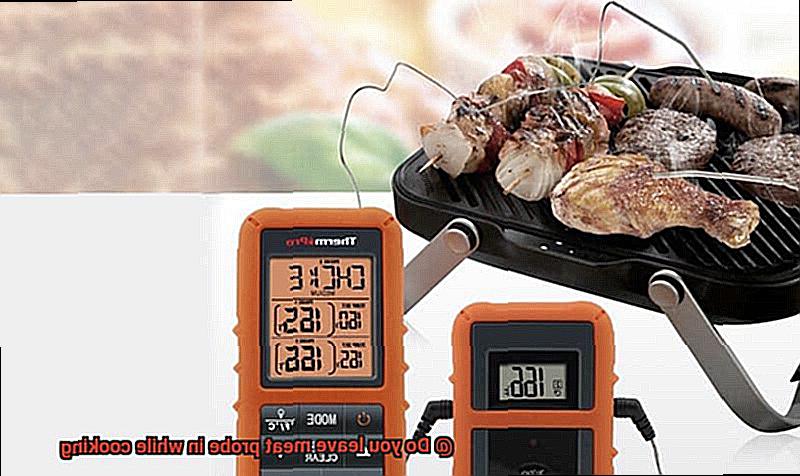
Leave-In Probes Not Designed for High-Heat Cooking
Leave-in probes that are not designed for high-heat cooking can be damaged if left in during high-heat grilling or broiling.
It is important to note that any probes with plastic components, such as the probe tip or wire coverings, should not be left in while cooking over high heat. The plastic can melt or become damaged, leading to inaccurate readings or even potential health hazards.
Benefits of Leaving the Probe In While Cooking
The answer is a resounding yes. Here are just a few of the many benefits of doing so:
First and foremost, leaving the meat probe in while cooking means you don’t have to constantly open the oven or grill to check the internal temperature. This not only saves time but also helps maintain consistent heat levels and prevents heat loss. By leaving the probe in, you can achieve more even cooking and shorter cooking times.
In addition to preventing overcooking or undercooking, leaving the meat probe in allows you to monitor the internal temperature constantly. This means you can ensure that your meat is cooked to your desired level of doneness, whether that be rare, medium-rare, medium, or well-done.
And perhaps most crucially, leaving the meat probe in while cooking helps ensure that your meat is cooked to a safe internal temperature. This is particularly important for meats like poultry and pork, which can harbor harmful bacteria if not cooked properly.
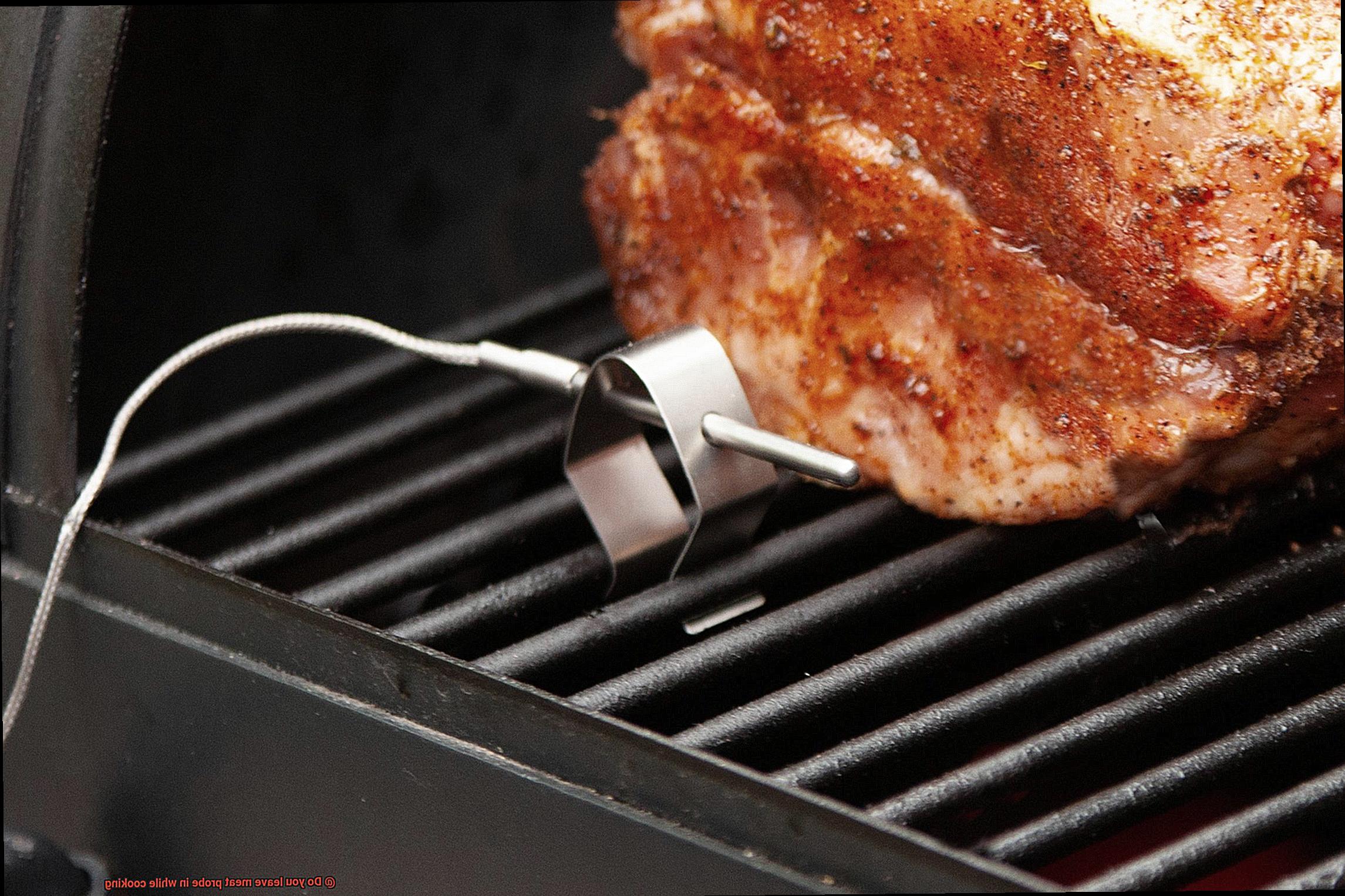
Of course, it’s important to note that not all probes are created equal. Make sure to use a probe made entirely of metal or with a heat-resistant handle and designed for high-heat cooking.
Tips for Accurate Temperature Readings With a Meat Probe
Cooking meat to perfection is both an art and a science. While you may have your own tried and tested methods, using a meat probe can help take the guesswork out of cooking. However, getting accurate temperature readings with a meat probe requires some finesse. Here are five tips to ensure that you get the most out of your meat probe:
Insert the probe in the right place
For the most accurate reading, insert the probe into the thickest part of the meat. Avoid inserting it near bones or fat as they can be much cooler than the rest of the meat and give you a false reading.
Keep the probe still
Once you have inserted the probe, try not to move it around too much. Movement can cause fluctuations in temperature readings and lead to inaccurate results.
Check multiple spots
Depending on the size and shape of your meat, it may be helpful to check the temperature in multiple spots to ensure even cooking. Clean and sanitize your probe between each reading to prevent cross-contamination.
Calibrate your probe regularly
To ensure accurate readings, calibrate your probe regularly by inserting it into ice water and adjusting the temperature reading accordingly.
Use a timer
Set a timer for when you expect your meat to reach its desired temperature. This will help you avoid overcooking or undercooking your meat.
Remember, cleaning your meat probe thoroughly after each use is essential to prevent bacteria from growing on the probe and contaminating your food.
6OAteaOelek” >
Conclusion
In conclusion, a meat probe is a vital tool for achieving perfectly cooked meat. It allows you to keep an eye on the internal temperature of your meat and ensures that it’s cooked to perfection. However, the decision to leave the probe in while cooking depends on the type of thermometer being used. Instant-read thermometers should be removed once you’ve taken the temperature, while some digital thermometers are designed to be left in the meat during cooking.
Leaving the probe in can provide more accurate temperature readings, especially when cooking larger cuts of meat like roasts or whole chickens. However, always ensure that the probe isn’t touching any bones or the bottom of the pan as this can result in an inaccurate reading.
There are various types of probes available, including oven-safe probes, wireless probes, instant-read probes, leave-in thermometers, and specialized probes. Nevertheless, not all probes are meant for continuous use during cooking and should only be used for quick temperature checks.
To get precise temperature readings with a meat probe, insert it into the thickest part of the meat and avoid moving it around too much. Check multiple spots if necessary and calibrate your probe regularly to ensure accuracy.

